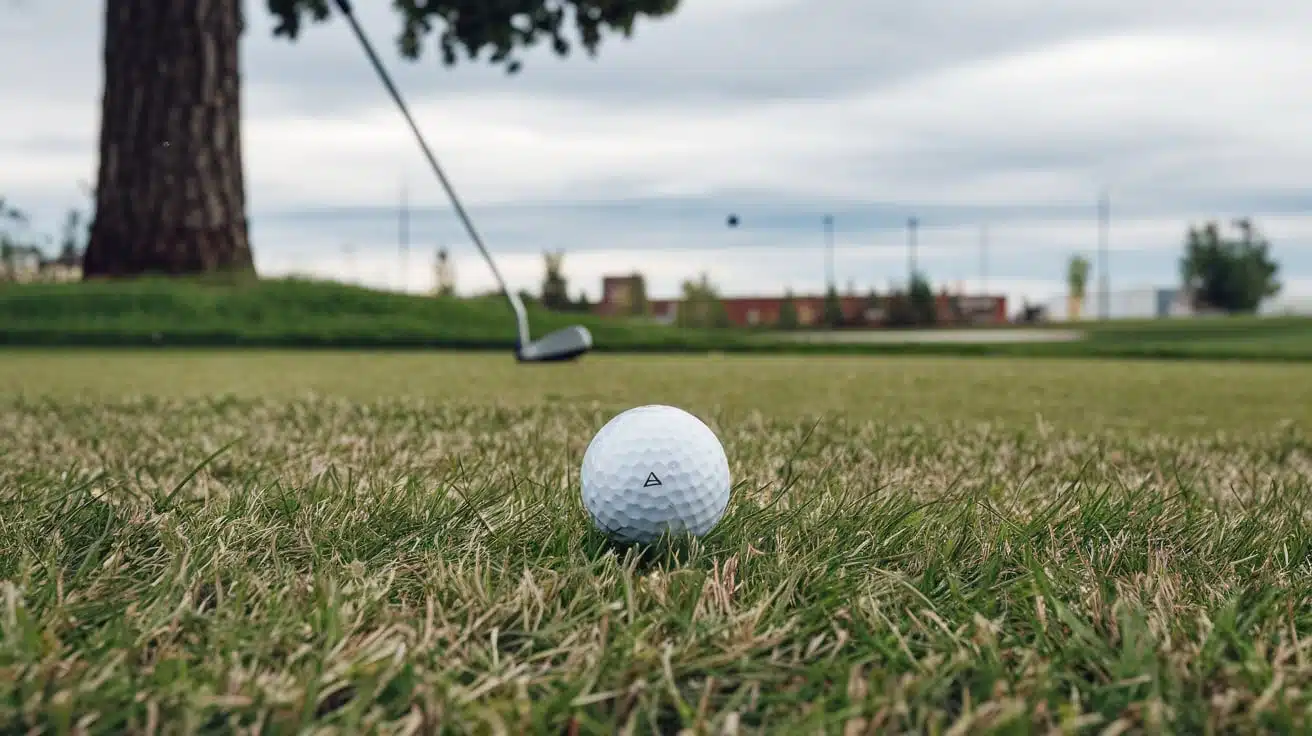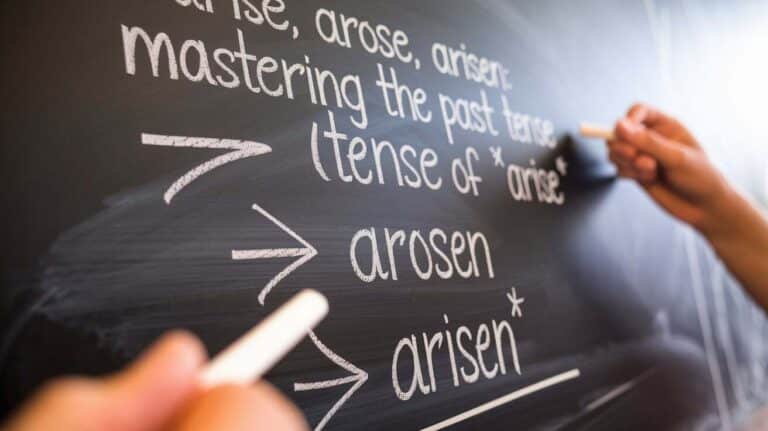Understanding the Past Tense of ‘Putting’: Is it ‘Put’ or ‘Putted’?
In English grammar, some verbs can be confusing—and “putting” is no exception. Many wonders if the correct past tense is ‘put’ or ‘putted’. The answer is ‘put’, as it’s an irregular verb that stays the same in past, present, and future. Saying “putted” is incorrect outside of golf, where “putted” refers to a specific type of stroke. Examples like “Yesterday, I put the keys away” illustrate correct usage. Remembering this basic rule simplifies language usage and helps you avoid common mistakes. For a quick reference, ‘put’ remains unchanged in all forms, making it unique among verbs.
Past Tense of ‘Putting’
The past tense of “putting” is simply “put.” In English grammar, “put” is an irregular verb, meaning it doesn’t follow the typical rule of adding “-ed” for past forms, like “walked” or “jumped.” Instead, “put” stays the same across the simple present, simple past, and past participle forms, which can make it tricky, as many English verbs change form when shifting tenses.
To clarify, here’s a table summarizing the correct usage of “put” in various tenses:
| Tense | Example Sentence |
|---|---|
| Present | I put the keys on the table. |
| Past | I put the keys on the table yesterday. |
| Future | I will put the keys on the table tomorrow. |
| Past Participle | I have put the keys on the table. |
Since “put” remains unchanged, using “put” is always correct when referring to past actions. Remembering this rule helps you avoid a common mistake—using “putted” as the past tense, which is incorrect.
Read More About : Mastering the Verb “Run”: A Comprehensive Guide to Past Tense and Past Participle
Usage Examples
Examples are essential to understand how “put” functions across different sentences. Take this sentence: “Yesterday, I put the groceries in the fridge.” Here, “put” is used in the simple past to show an action completed in the past.
Consider how “put” maintains the same form in present, past, and participle usage:
- Today, I put my pen in my bag (Present)
- Yesterday, I put my pen in my bag (Past)
- I have put my pen in my bag (Past Participle)
In each example, “put” remains unchanged, demonstrating its role as an irregular verb. Seeing these usage examples can help you recognize correct usage naturally and avoid errors.
Common Mistakes
A common mistake with “putting” is to use “putted” as the past form. While “putted” might sound like it could be the past tense, it’s only correct in golf, where “putted” refers to a specific stroke on the green. Outside of this context, “putted” isn’t standard and can make sentences confusing or incorrect.
For instance, saying, “I putted the book on the shelf” is incorrect; the correct version is, “I put the book on the shelf.” This simple change makes the sentence clear and accurate. A quick rule of thumb: “putted” is specific to golf, while “put” works as the past form in everyday language. Knowing this distinction improves your command of English grammar and language usage.
| Correct Form | Incorrect Form |
|---|---|
| I put the keys away yesterday | I putted the keys away yesterday |
| I put the car keys on the hook | I putted the car keys on the hook |
Learning these distinctions can help you confidently use “put” in sentences without hesitation.
Conclusion
The past tense of ‘putting’ is simply ‘put’. This is because ‘put’ is an irregular verb that stays the same in past, present, and future forms. Avoid using ‘putted’ in regular contexts—it’s only correct in golf. By remembering this simple rule, you’ll steer clear of common mistakes and enhance your language usage in English. Mastering basic English grammar details like this can make a big difference in clear communication, helping you confidently use verbs like ‘put’ without confusion.
FAQs
What is the correct past tense of “putting”?
The correct past tense of “putting” is simply “put.” As an irregular verb, “put” does not change form across present, past, or future tenses.
Is “putted” ever correct in English?
Yes, “putted” is correct, but only in the context of golf. It specifically refers to a gentle stroke used to move the ball across the green. Outside of golf, “putted” is incorrect for general past tense use.
Why doesn’t “put” change in the past tense like other verbs?
“Put” is an irregular verb in English grammar, meaning it does not follow the usual pattern of adding “-ed” for past tense. Instead, it stays the same in all tenses.
Can I say “putted” in regular conversation?
No, “putted” is not correct in regular conversation when referring to an action like “putting” something somewhere. The correct form is always “put” for the past tense.
How can I remember the correct usage of “put”?
A simple tip: Remember that “put” never changes form, so it’s used the same way in past, present, and future tenses. Keeping this rule in mind will help you avoid common mistakes.







